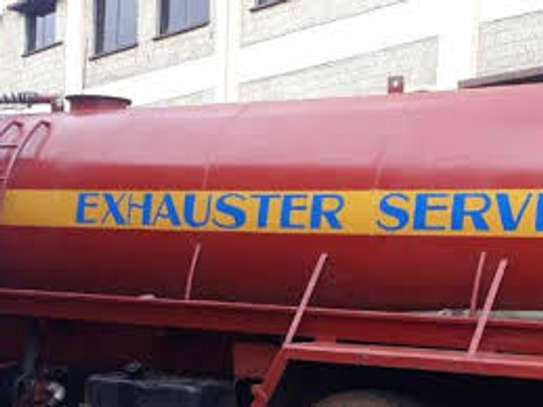Get septic tank and toilet sewage exhauster services in Katani Mlolongo Syokimau Cabanas Imara Daima Kitengela and Embakasi, CALL 0721155332

Machakos county is one of the most cleanest counties in Kenya and we supplement the environment here by offering our honey sucker services in Machakos county. Our honey sucker services in Katani and Mlolongo are we served by our lorries that have capacities of 10000 and 18000 liters tanks. The rapidly expanding Machakos County community of Katani has been dealing with serious drainage and sewage problems, which have been made worse by the recent severe rains. Seme Village’s approximately 25 households were recently forced to flee their houses throughout the night due to heavy floods caused by the village’s inadequate drainage infrastructure. Significant highways like the Mlolongo-Quarry-Katani road have also been harmed by the water brought on by the torrential downpours, rendering many communities all but uninhabitable.
The problems have been noted by the Kenya Urban Roads Authority (KURA), which has demanded prompt action to repair the damaged areas and enhance drainage. Residents who have been impacted by the flooding have expressed concern about the continuous risks, particularly during the rainy season. The flooding has been a persistent issue. The area has experienced significant water shortages, similar to many other regions of the county, which have been made worse by inconsistent rainfall in recent years. Due to the depletion of water sources such dams, water pans, and canals, inhabitants’ needs for water for home use and agricultural are now impossible to meet.
Under Governor Wavinya Ndeti, the Machakos County government has acknowledged the gravity of the situation and is implementing a number of steps to deal with the water crisis and also offer exhauster services in Katani . To better manage the county’s water resources, these initiatives include upgrading borehole pumps, desilting and mending existing dams, and creating a thorough policy framework. The county is also looking into methods to use surface water more extensively.
The majority of the people living in Katani were small-scale farmers. Agricultural activity dominated the landscape, with the majority of the population cultivating vegetables, beans, and maize.
The early 2000s saw the start of the area’s notable growth, which was fueled by Nairobi’s quick urbanization and the accompanying suburban sprawl. Due to housing shortages brought on by Nairobi’s growing population, neighborhoods including Mlolongo, Syokimau, and Katani were developed. These locations offered cheaper land than Nairobi’s central business district.
Infrastructure improvements, especially the building of new roads, which enhanced connectivity to Nairobi and other areas of Machakos County, also contributed to Katani’s expansion. Due to its appeal as a place for residential housing, many estates and residential homes were built there.
Rapid expansion also brought challenges, including issues related to inadequate infrastructure, such as water supply, sewage systems, and road maintenance.
The community has a diverse population, with a mix of long-time residents and newer arrivals from different parts of Kenya. The economic activities in Katani have also diversified over the years, with more people engaging in small businesses and the service industry to cater to the growing population.